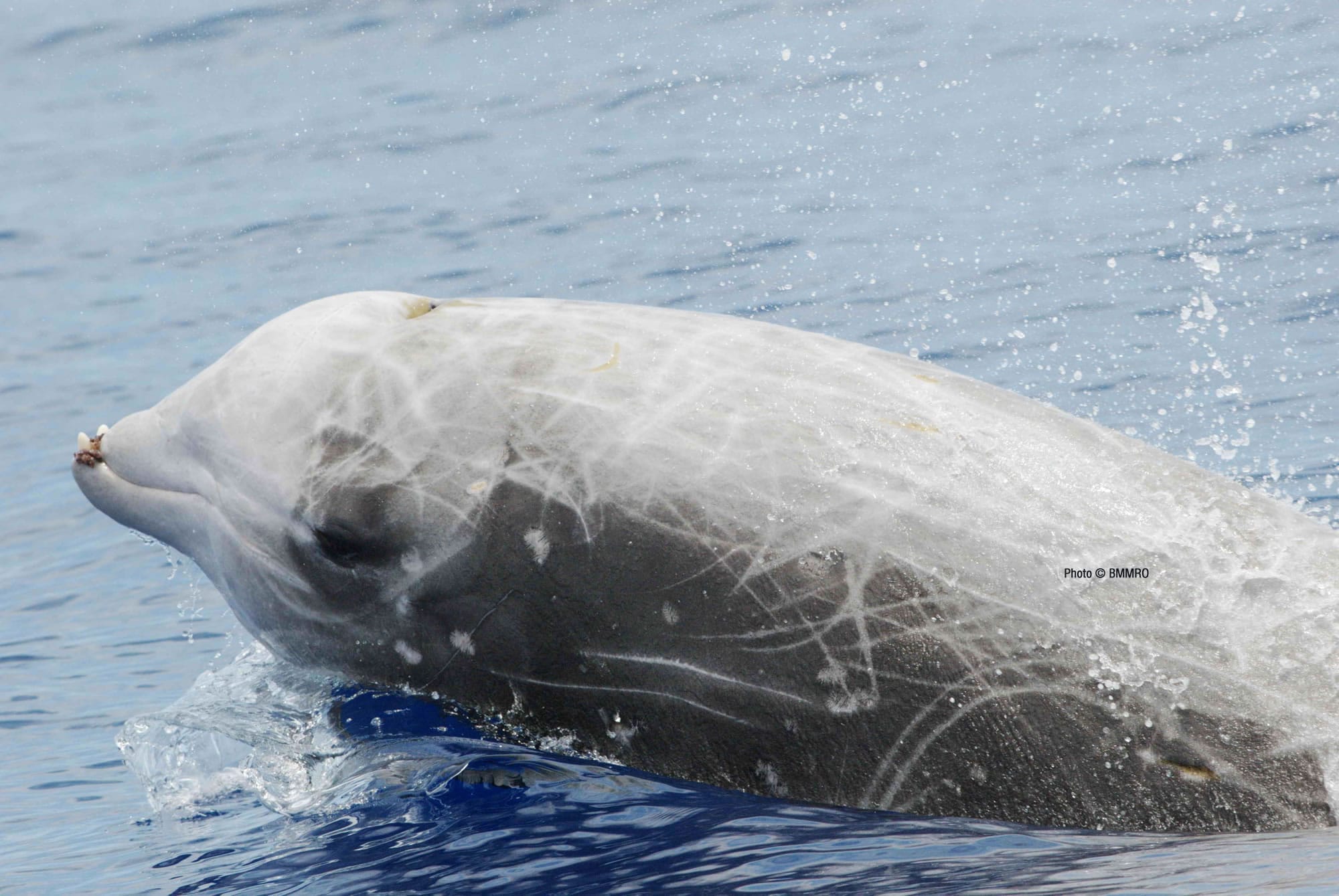Taxonomy and Classification

Spade toothed beaked whales – The spade-toothed beaked whale (Mesoplodon traversii) belongs to the order Cetacea, which includes whales, dolphins, and porpoises. Within Cetacea, it is classified in the family Ziphiidae, known as beaked whales. The genus Mesoplodon comprises several species of beaked whales, and the spade-toothed beaked whale is one of them.
Who would have thought that the spade-toothed beaked whales, with their unique dental features, would have anything to do with the home run derby winner of 2024? Well, let me tell you, it’s a connection that will make you scratch your head.
To find out who will be crowned the home run derby champion, check out this link: home run derby winner 2024. And while you’re there, don’t forget to marvel at the fascinating spade-toothed beaked whales and their intriguing characteristics.
Physical Characteristics
Spade-toothed beaked whales are medium-sized cetaceans, typically ranging from 4 to 5.5 meters in length. They have a robust body shape with a small, rounded head and a long, slender beak. Their most distinctive feature is a pair of spade-shaped teeth that protrude from the lower jaw in males. These teeth are used for fighting and establishing dominance.
Spade toothed beaked whales are fascinating creatures with their unique teeth and ability to dive deep. They are not as famous as rodrigo de paul , but they are just as intriguing. The spade toothed beaked whales are known for their social behavior and complex vocalizations.
They are also important predators in the marine ecosystem.
Habitat and Distribution

Spade-toothed beaked whales are deep-diving, pelagic (open ocean) species that prefer deep waters with depths ranging from 328 to 9,843 feet (100 to 3,000 meters). Their distribution is primarily influenced by the availability of their preferred prey, which includes deep-sea squid and fish. They are also known to frequent areas with steep underwater slopes and canyons, which provide suitable feeding grounds.
Oceanographic Factors
Oceanographic factors such as water temperature, salinity, and currents also play a role in their distribution. They are typically found in areas with cold, nutrient-rich waters, which support the growth of their prey. The whales may also use ocean currents to navigate and find suitable feeding grounds.
Behavior and Ecology: Spade Toothed Beaked Whales
Spade-toothed beaked whales are highly social animals that live in groups of up to 10 individuals. They communicate using a variety of vocalizations, including clicks, whistles, and buzzes. These vocalizations are used to maintain contact with other members of the group, coordinate feeding, and attract mates.
Spade-toothed beaked whales are opportunistic feeders that prey on a variety of fish, squid, and crustaceans. They use echolocation to find prey, and they often hunt in groups. When they find a school of fish, they will work together to herd the fish into a tight ball before attacking.
Feeding Habits, Spade toothed beaked whales
Spade-toothed beaked whales are opportunistic feeders, meaning they will eat whatever prey is available. Their diet consists mainly of fish, squid, and crustaceans. They use echolocation to find prey, and they often hunt in groups. When they find a school of fish, they will work together to herd the fish into a tight ball before attacking.
Spade-toothed beaked whales have a unique feeding technique called “ram feeding.” When they find a school of fish, they will swim through the school with their mouths open, engulfing as many fish as they can. They then close their mouths and swallow the fish whole.